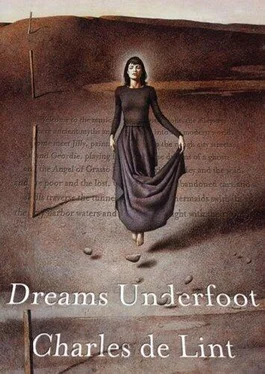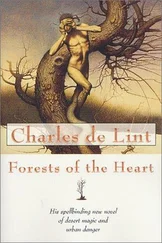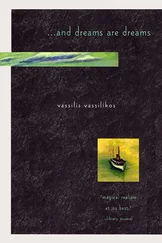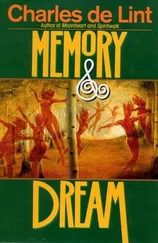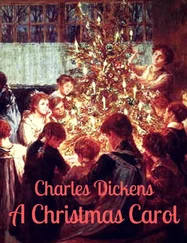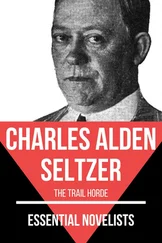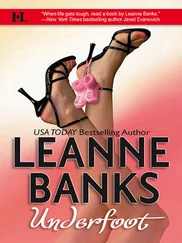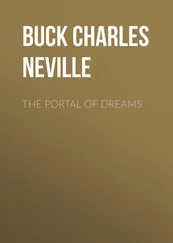ford—just floating through its streets. Though the time was the present, there was no color.
Everything appeared in the same sepia tones as in my photo of Sam.
I don’t remember when I finally did fall asleep.
The next morning I was at the library right when it opened, carrying two cups of takeout coffee in a paper bag, one of which I offered to Amy when I got to her desk. Amy muttered something like, “when owls prowl the day, they shouldn’t look so bloody cheerful about it,” but she accepted the coffee and cleared a corner of her desk so that I could get back to the books.
In the photo I had of Sam there was just the edge of a bay window visible beside the porch, with fairly unique rounded gingerbread trim running offfrom either side ofits keystone. I’d thought it would be the clue to tracking down the place. It looked almost familiar, but I was no longer sure ifthat was because I’d actually seen the house at some time, or it was just from looking at the photo so much.
Unfortunately, those details weren’t helping at all.
“You know, there’s no guarantee you’re going to find a picture of the house you’re looking for in those books,” Amy said around midmorning when she was taking her coffee break. “They didn’t exactly go around taking pictures of everything.”
I was at the last page of Walks Through Old Crowsea. Closing the book, I set it on the finished pile beside my chair and then leaned back, lacing my fingers behind my head. My shoulders were stiff from sitting hunched over a desk all morning.
“I know. I’m going to give Jack a call when I’m done here to see if I can borrow his bike this afternoon.”
“You’re going to pedal all around town looking for this house?”
“What else can I do?”
“There’s always the archives at the main library.”
I nodded, feeling depressed. It had seemed like such a good idea yesterday. It was still a good idea.
I just hadn’t realized how long it would take.
“Or you could go someplace like the Market and show the photo around to some of the older folks.
Maybe one of them will remember the place.”
“I suppose.”
I picked up the next book, The Architectural Heritage of Old Yoors, and went back to work.
And there it was, on page thirtyeight. The house. There were three buildings in a row in the photo; the one I’d been looking for was the middle one. I checked the caption: “Grasso Street, circa 1920.”
“I don’t believe it,” Amy said. I must have made some kind of a noise, because she was looking up at me from her own work. “You found it, didn’t you?” she added.
“I think so. Have you got a magnifying glass?”
She passed it over, and I checked out the street number of the middle house. Oneforty-two. The same as in my photo.
Amy took over then. She phoned a friend who worked in the land registry office. He called back a half hour later and gave us the name of the owner in 1912, when my photo had been taken: Edward Dickenson. The house had changed hands a number of times since the Dickensons had sold it in the forties.
We checked the phone book, but there were over a hundred Dickensons listed, twelve with just an initial “E” and one Ed. None of the addresses were on Grasso Street.
“Which makes sense,” Amy said, “since they sold the place fifty years ago.”
I wanted to run by that block on Grasso where the house was—I’d passed it I don’t know how many times, and never paid much attention to it or any of its neighbors—but I needed more background on the Dickensons first. Amy showed me how to run the microfiche, and soon I was going through back issues of The Newford Star and The Daily Journal, concentrating on the local news sections and the gossip columns.
The first photo of Edward Dickenson that came up was in The Daily Journal, the June 21st, 1913, issue. He was standing with the Dean of Butler University at some opening ceremony. I compared him to the people with Sam in my photo and found him standing behind her to her left.
Now that I was on the right track, I began to work in a kind of frenzy. I whipped through the microfiche, making notes of every mention of the Dickensons. Edward turned out to have been a stockbroker, one of the few who didn’t lose his shirt in subsequent market crashes. Back then the money lived in Lower Crowsea, mostly on McKennitt, Grasso, and Stanton Streets. Edward made the papers about once a month—business deals, society galas, fundraising events, political dinners, and the like. It wasn’t until I hit the October 29, 1915, issue of The Newford Star that I had the wind knocked out of my sails.
It was the picture that got to me: Sam and a man who was no stranger. I’d seen him before. He was the ghost that had stepped out of the past and stolen her away. Under the photo was a caption announcing the engagement of Thomas Edward Dickenson, son of the wellknown local businessman, to Samantha Rey.
In the picture of Sam that I had, Dickenson wasn’t there with the rest of the people—he’d probably taken it. But here he was. Real. With Sam. I couldn’t ignore it.
Back then they didn’t have the technology to make a photograph lie.
There was a weird buzzing in my ears as that picture burned its imprint onto my retinas. It was hard to breathe, and my Tshirt suddenly seemed too tight.
I don’t know what I’d been expecting, but I knew it wasn’t this. I suppose I thought I’d track down the people in the picture and find out that the woman who looked like Sam was actually named Gertrude somethingor-other, and she’d lived her whole life with that family. I didn’t expect to find Sam. I didn’t expect the ghost to have been real.
I was in a daze as I put away the microfiche and shut down the machine.
“Geordie?” Amy asked as I walked by her desk. “Are you okay?”
I remember nodding and muttering something about needing a break. I picked up my fiddle and headed for the front door. The next thing I remember is standing in front of the address on Grasso Street and looking at the Dickensons’ house.
I had no idea who owned it now; I hadn’t been paying much attention to Amy after she told me that the Dickensons had sold it. Someone had renovated it fairly recently, so it didn’t look at all the same as in the photos, but under its trendy additions, I could see the lines of the old house.
I sat down on the curb with my fiddlecase across my knees and just stared at the building. The buzzing was back in my head. My shirt still felt too tight.
I didn’t know what to do anymore, so I just sat there, trying to make sense out of what couldn’t be reasoned away. I no longer had any doubt that Sam had been real, or that a ghost had stolen her away.
The feeling of loss came back all over again, as if it had happened just now, not three years ago. And what scared me was, if she and the ghost were real, then what else might be?
I closed my eyes, and headlines of supermarket tabloids flashed across my eyes, a strobing flicker of bizarre images and words. That was the world Jilly lived in—one in which anything was possible. I didn’t know if I could handle living in that kind of world. I needed rules and boundaries. Patterns.
It was a long time before I got up and headed for Kathryn’s Cafe.
The first thing Jilly asked when I got in the door was, “Have you seen Paperjack?”
It took me a few moments to push back the clamor of my own thoughts to register what she’d asked.
Finally I just shook my head.
“He wasn’t at St. Paul’s today,” Ply went on, “and he’s always there, rain or shine, winter or summer. I didn’t think he was looking well yesterday, and now ...”
Читать дальше
